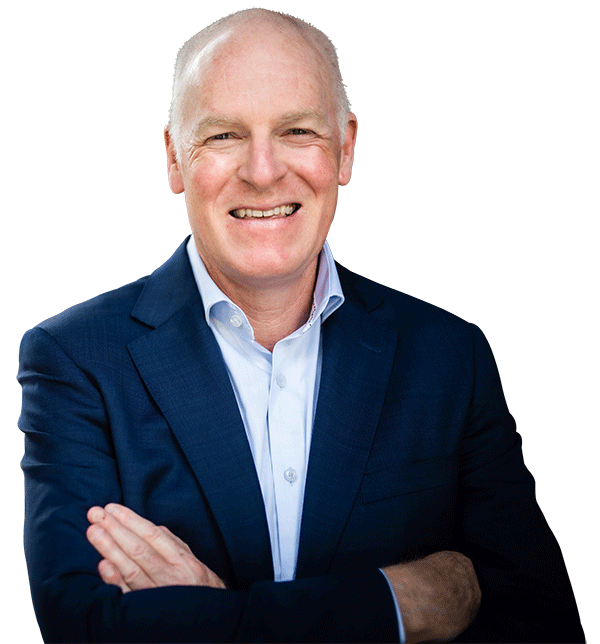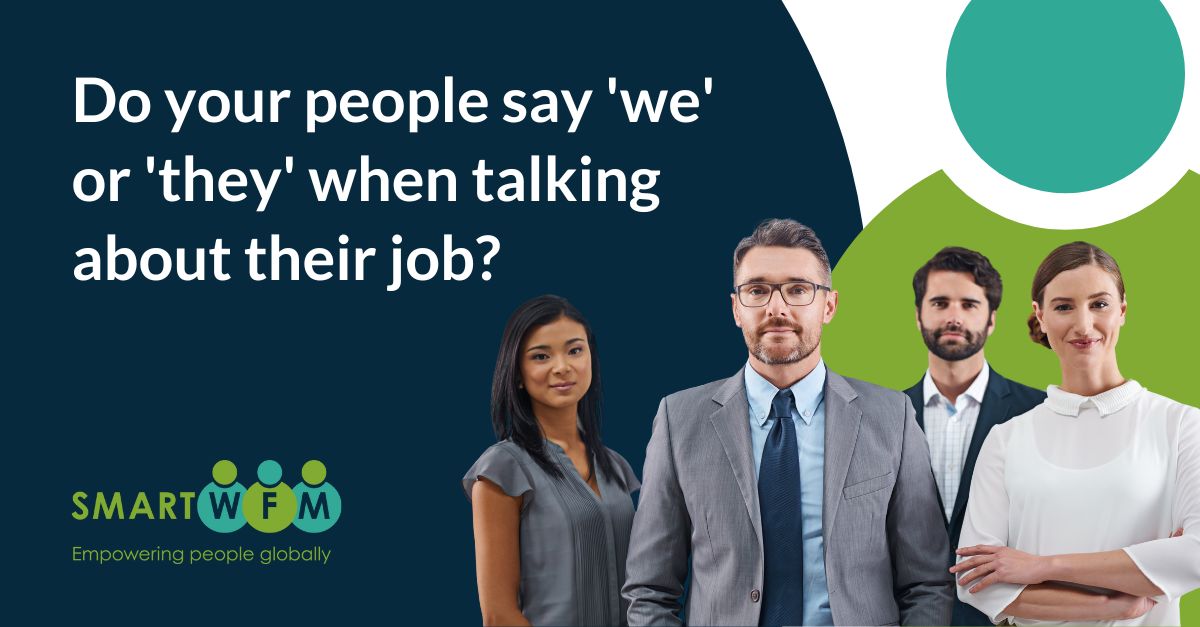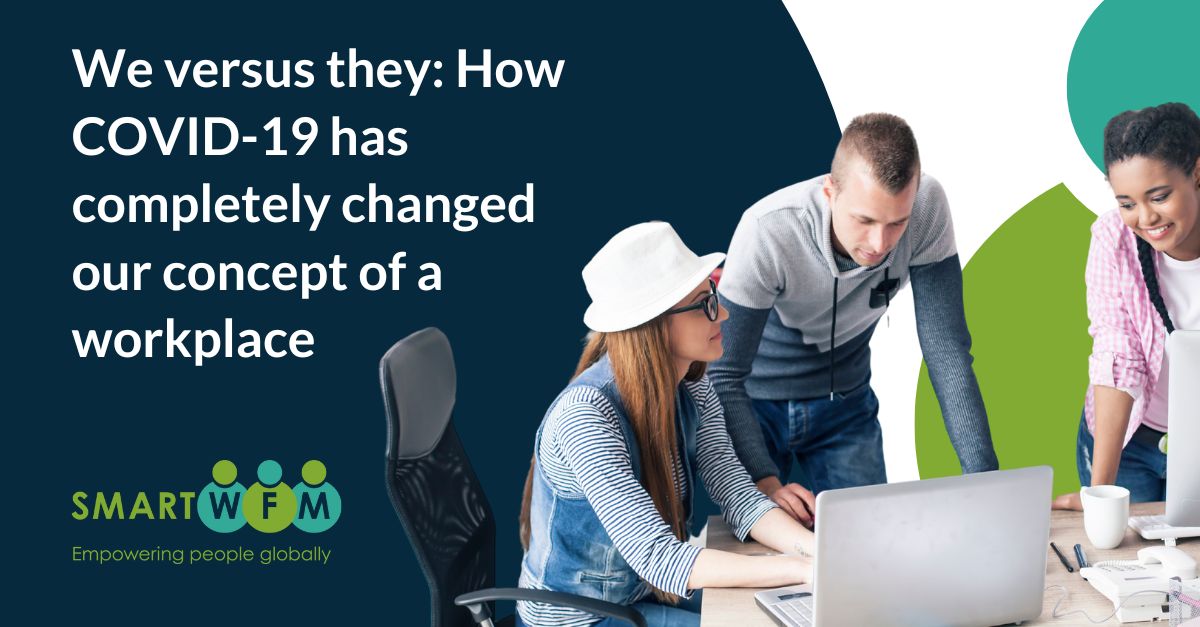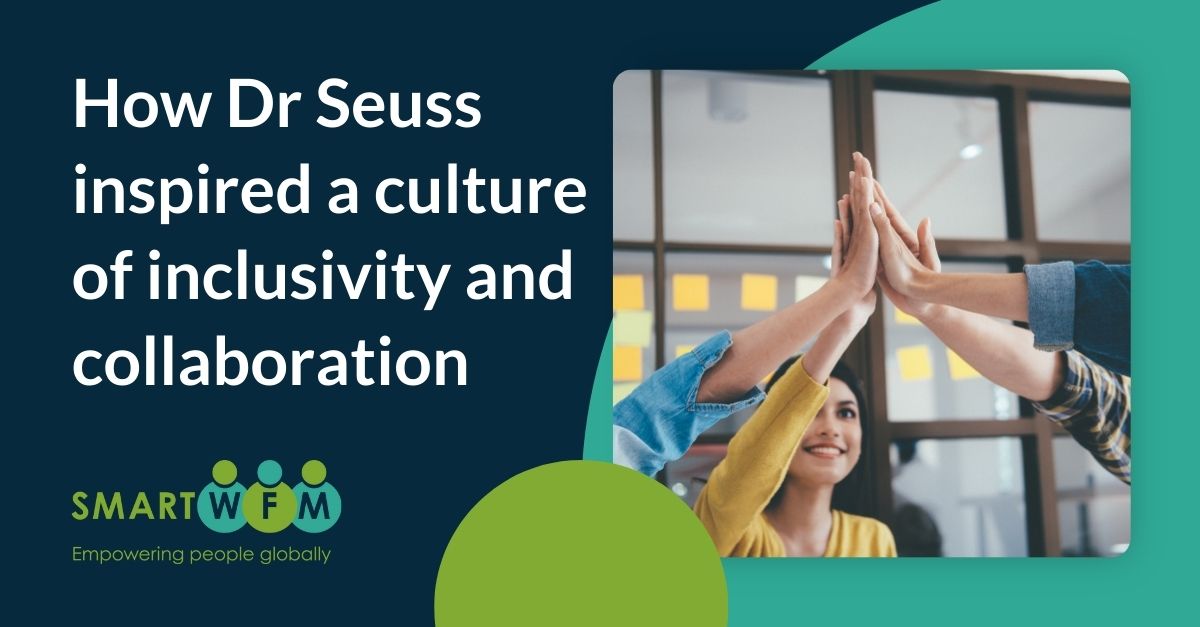Winning the war on talent by building serious digital muscle
Explore Jarrod's analysis on global workforce evolution, first published on People Matters. This piece discusses digital readiness's pivotal role,...
4 min read
 Jarrod McGrath
September 06, 2021
Jarrod McGrath
September 06, 2021

In a world where traditional office cultures are relics of the past, Jarrod McGrath talks about the evolving dynamics of workplace environments. The seismic shifts brought about by the pandemic have reshaped not only the physical workspace but also the fundamental expectations and desires of employees.
Gone are the days of a corner office in the ivory tower, an expense account and the secretary that brings fresh pastries and coffee just the way you like it every morning. Now it is time to rethink and restructure office culture with new sets of employee well-being and recreation policies.
What makes people tick and stick around in the workplace has changed since the pandemic. The long known traditional office culture is now ancient history. Even financial compensation itself - the rule of thumb in economic theory that is outdated and heavily relied upon - is just one element of what people seek from their workplaces in 2021. Today, people prioritise flexibility social interaction, collaboration, and overall deeper meaning from their jobs.
It is more so for Asia, where only 7% of the workforce is willing to commit to an absolute onsite work arrangement. The majority of Asian employees expressed a preference for a hybrid working model, with two to three days of remote working weekly.
We've been pushed to completely restructure the workplace. It is no longer a physical place, rather, it's simply an environment that empowers people to do their best work and influences the way they feel at work. Employers' first consideration now is to tap into prevailing trends and shifts in attitudes to create a feedback loop about those feelings and the second consideration is to take ownership of those feelings in how the business operates.
Technology vendors and recruiters are highlighting the importance of workplace flexibility, and more companies in Asia are allowing their employees to work from anywhere indefinitely, positioning it as an "employee perk". However, that's is just a prerequisite. It's the modern equivalent of businesses providing their people with an internet connection and other reimbursements. It doesn't really break any rules not to do it, but the expectation is baked in and resolute.
In tandem, staff who must remain onsite for the bulk of their work, such as nursing home workers, should be offered flexible work schedules and potentially be allowed complete admin work on the move or at home.
The COVID-19 disruption has given employees more freedom in choosing when and where they work from. Employers need to take a closer look at the deeper, harder-to-measure characteristics to build a long-term desire for people to stick around.
As Albert Einstein put it, "not everything that counts can be counted, and not everything that can be counted counts."
The rate of death due to stroke and heart attacks pertaining to excess workload has increased by 42% which indicates major failure in ensuring employee well-being
Trust and transparency are the key areas that the business leaders need to build up. Trust is a relative element- you might trust an organisation to compensate you, but in a world where the gap in wealth distribution between those who work and those who own the work and assets is widening, you might not trust it to fairly compensate you.
It is not just about inviting the right mix to the party, but including their dance in the organisational culture. What are your people's passions, and do you care enough to weave them into the very fabric of your organisation?
Is it a concern? According to a recent report by the World Health Organisation (WHO), the number of deaths from heart disease due to long working hours increased by 42% and from stroke by 19%. These numbers clearly indicate that most leaders are failing to ensure employee well-being.
Trust in technology will be yet another major factor, as advances in artificial intelligence (AI) continue to cause genuine and justified fear over job security. Are you planning to use technology to 'free up' staff to do more as most organisations at least say they will?
Are you communicating with your staff about your tech plans, and addressing their potential concerns about them? These are key considerations that carry weight.
Many HR teams across Asia conduct engagement surveys but they do so with little thought or follow up—negating the point of any meaningful results from the activity. In fact, research shows that only 22% of companies are getting good results from them.
However, there are simple, independent ways to temperature check how your people are doing on an ongoing basis. For example, the eNPS (Employee Net Promoter Score) asks how likely are you to recommend our product and services to clients, new team members, your family and friends? It's a sister enterprise to the better-known Net Promoter Score (NPS) which asks customers whether they'd recommend the organisation's products/services.
Companies with a high eNPS have shown to perform better on absenteeism, turnover, and profitability, enhancing the business.
Anecdotally, there are other ways to evaluate. For example, Observe that how do your people speak about your company when they discuss it around the dinner table, \or anywhere else with others where the topic of work comes up? While not scientific, observing the pronoun that they use during the discussion may signify their thoughts and insights. During such discussion, 'we' implies that they feel like they're part of a team and relate themselves to the company policies. "They' implies that they might be feeling like outsiders and their passions and skills don't make a space in the company policies or where the company is heading.
This is a good time for leaders to re-think and transform. Asia has just leapfrogged years of transformation in the space of one. What could be a better time to reacknowledge that people are at the centre around whom every policy revolves and companies are taking real steps to address that.
ABOUT THE AUTHOR
JARROD MCGRATH is the author of The Digital Workforce and CEO of human capital management consultancy Smart WFM.
Originally published by People Matters Magazine
Jarrod McGrath, September 06, 2021

Explore Jarrod's analysis on global workforce evolution, first published on People Matters. This piece discusses digital readiness's pivotal role,...

In this blog, Jarrod discusses the evolving dynamics of the workplace, emphasising that traditional perks like corner offices and financial...

Delighted to share my thoughts on creating an inclusive and collaborative work culture, as featured on HRD NZ. Discover our journey at Smart WFM...